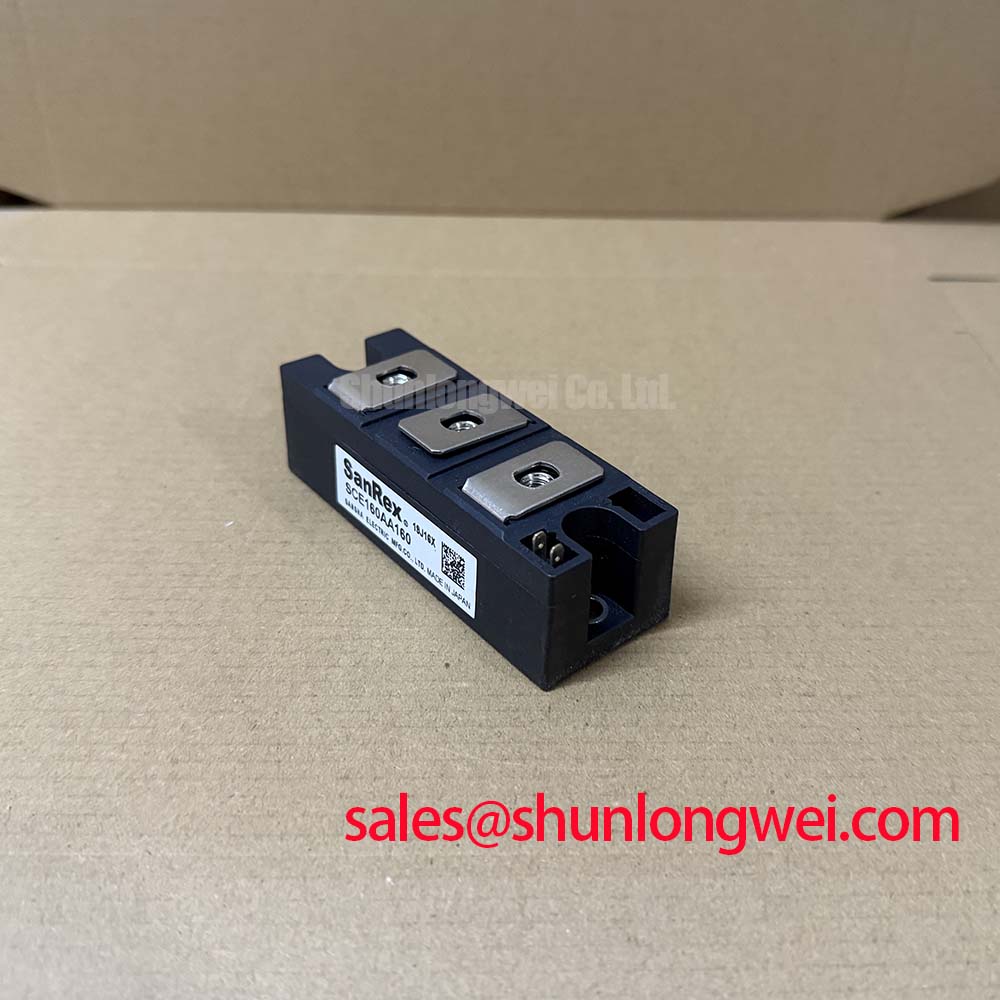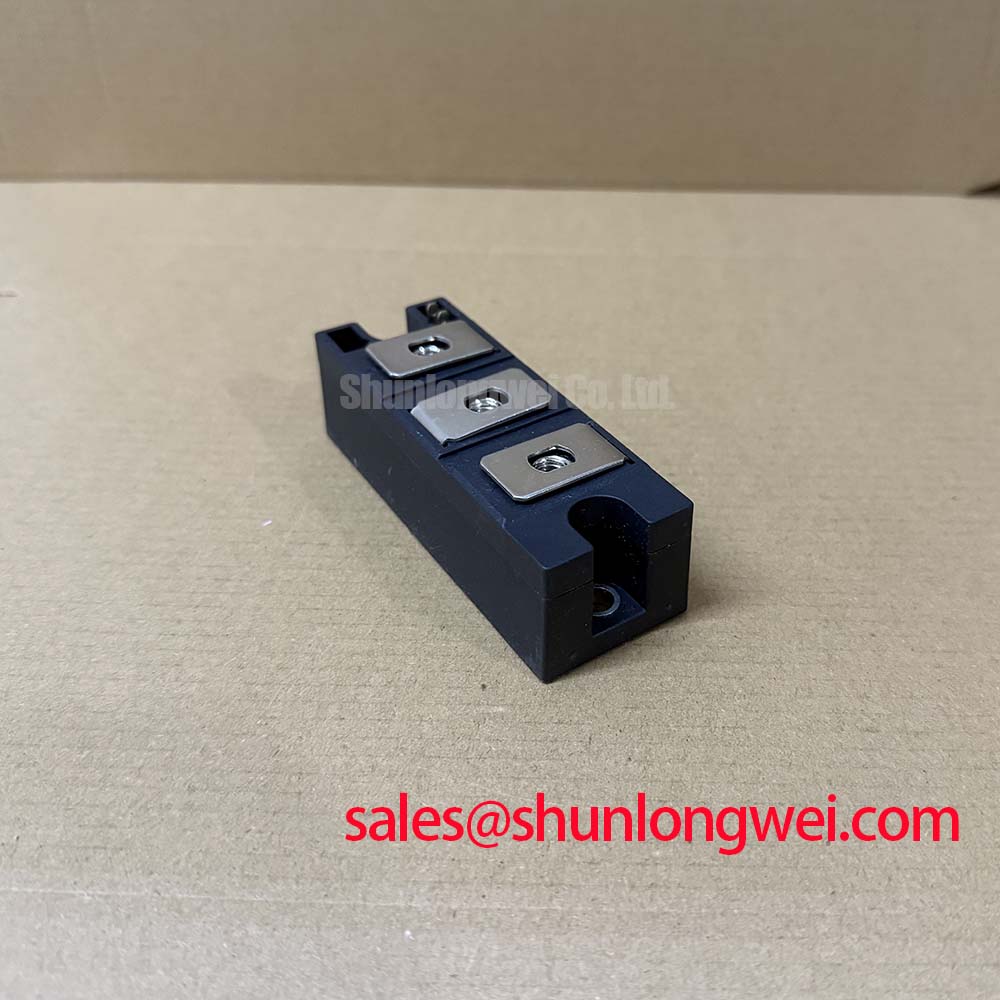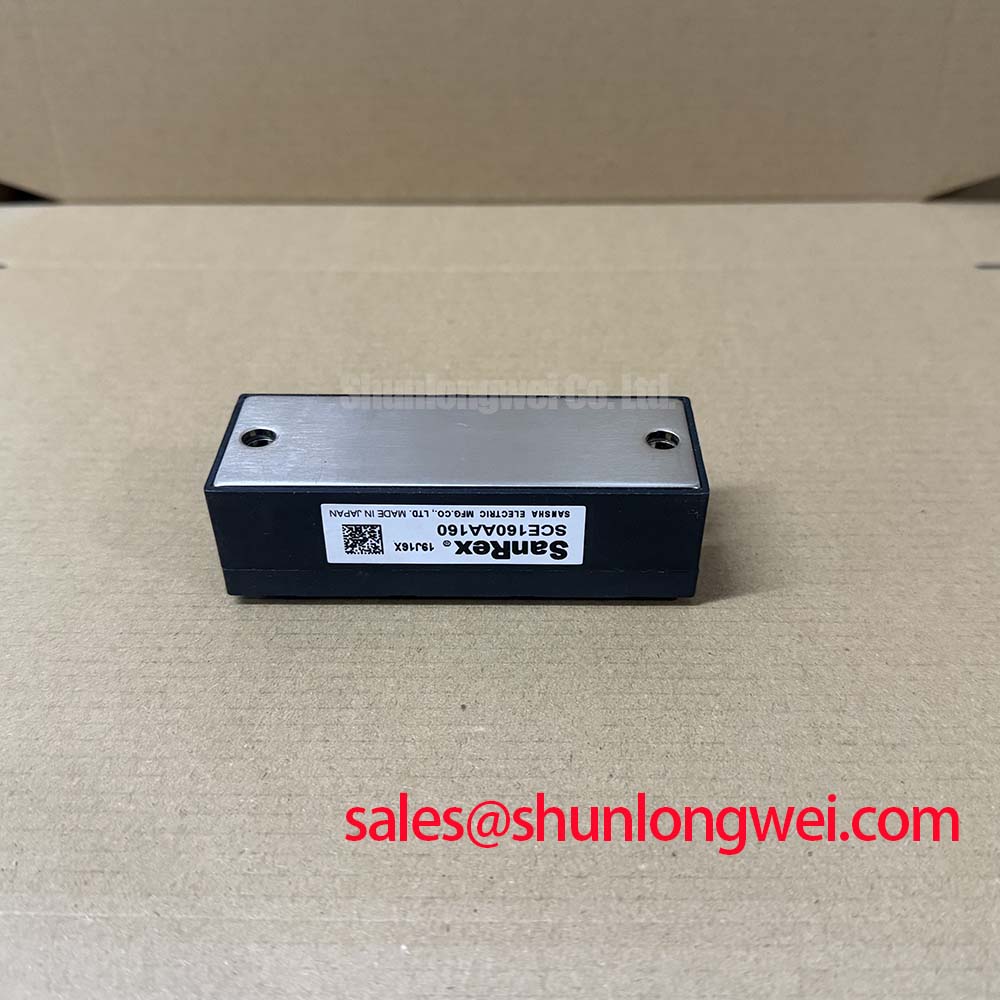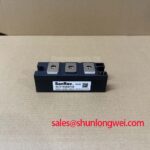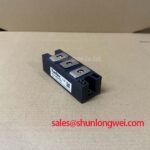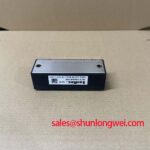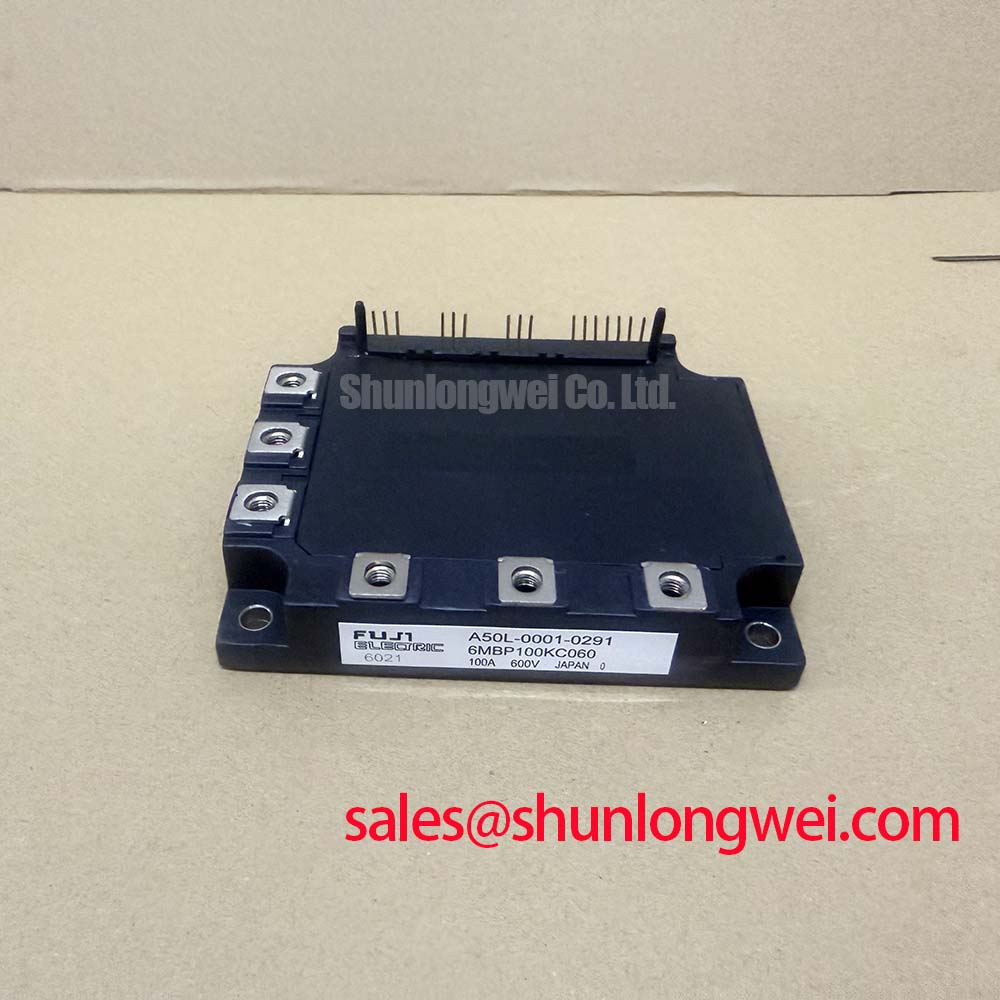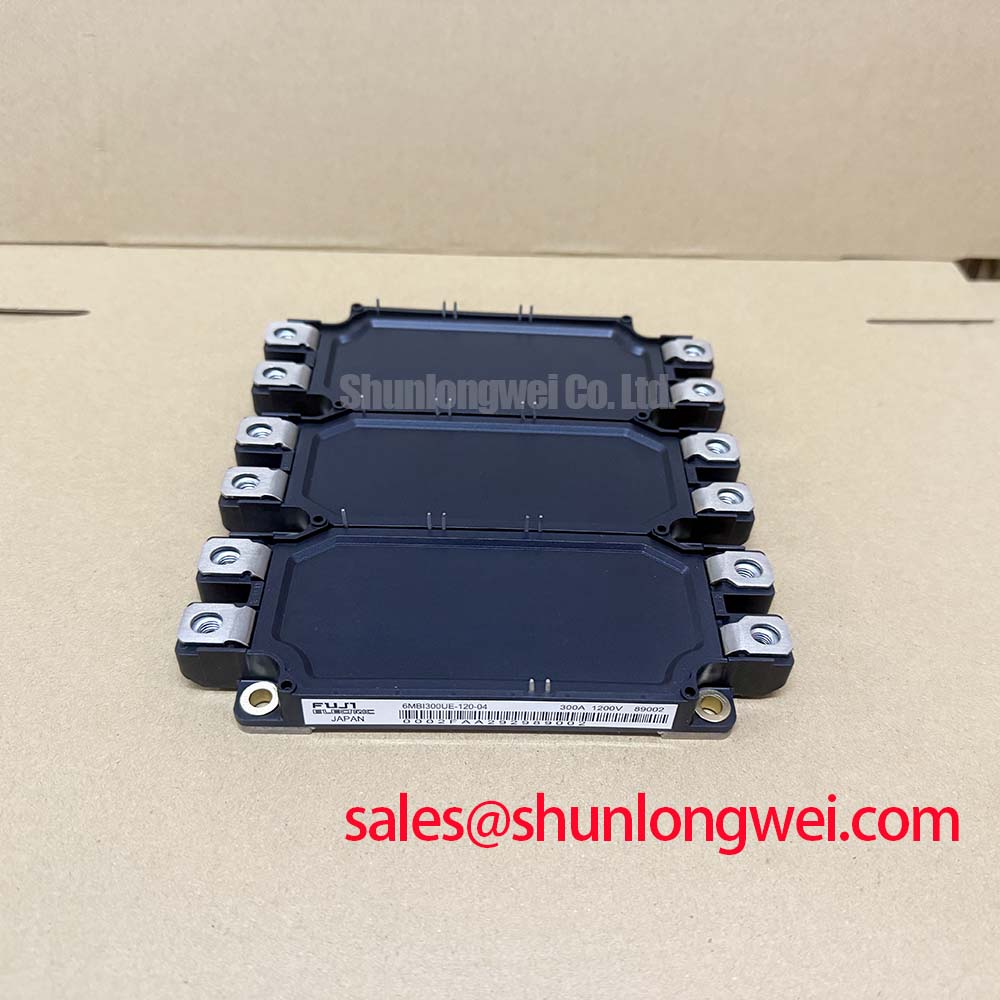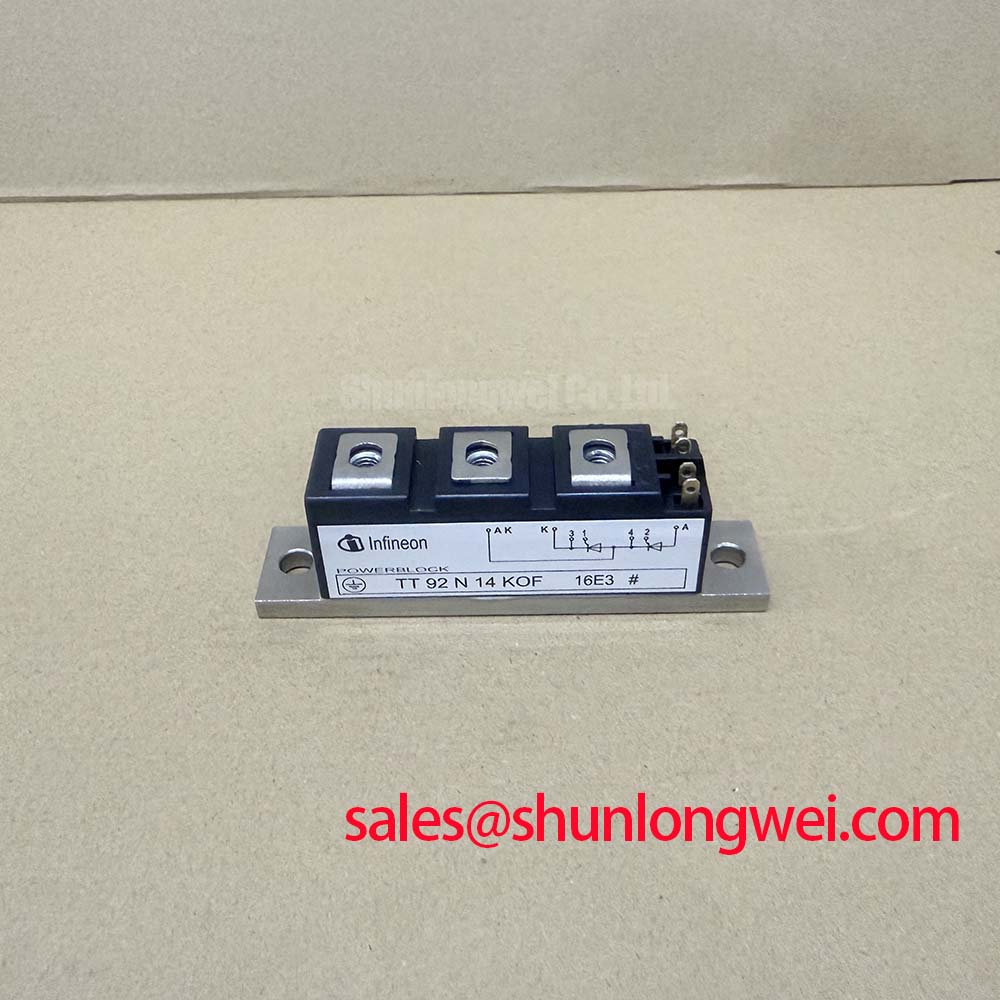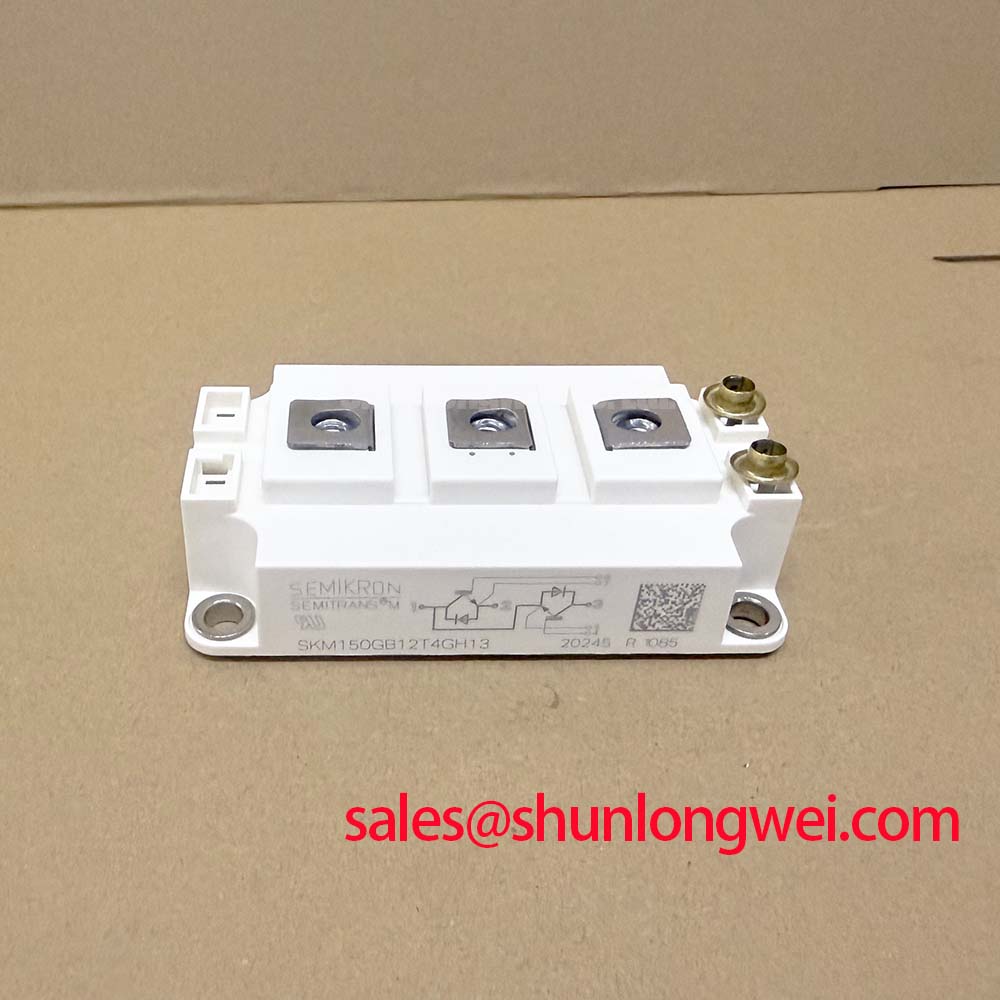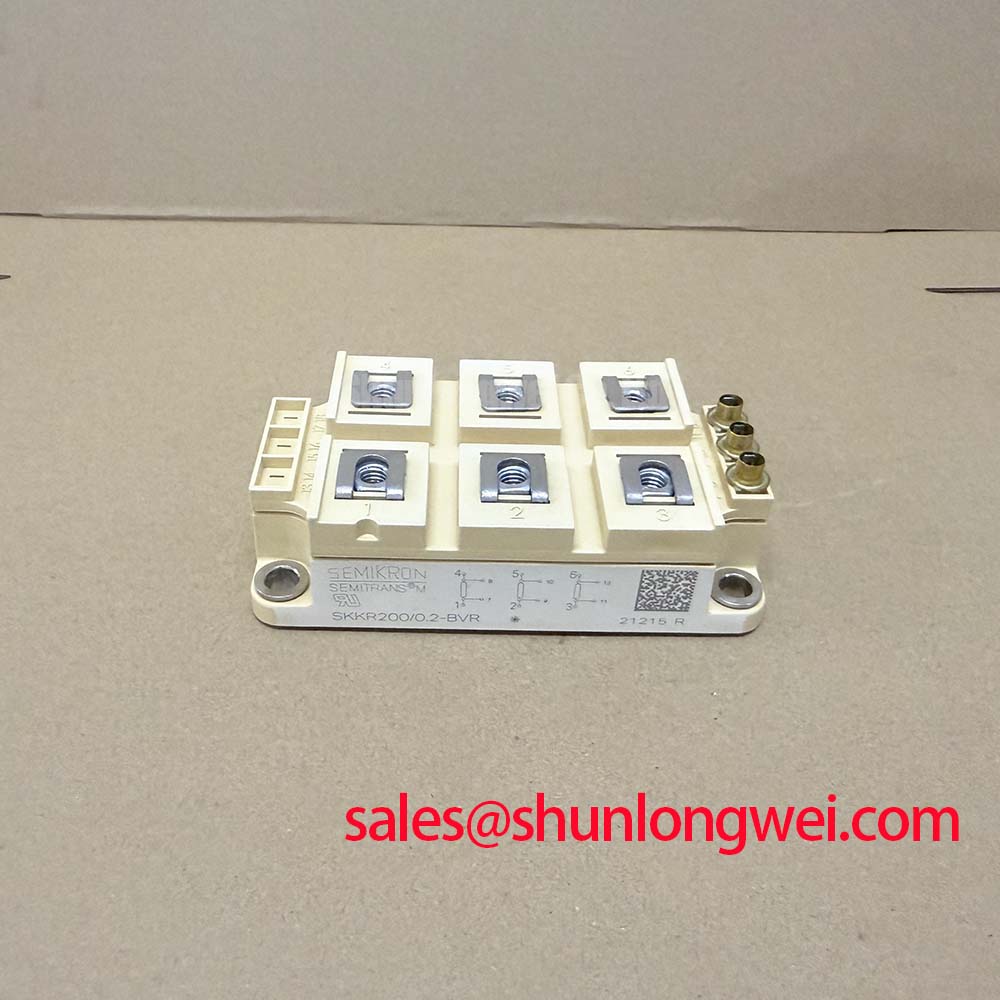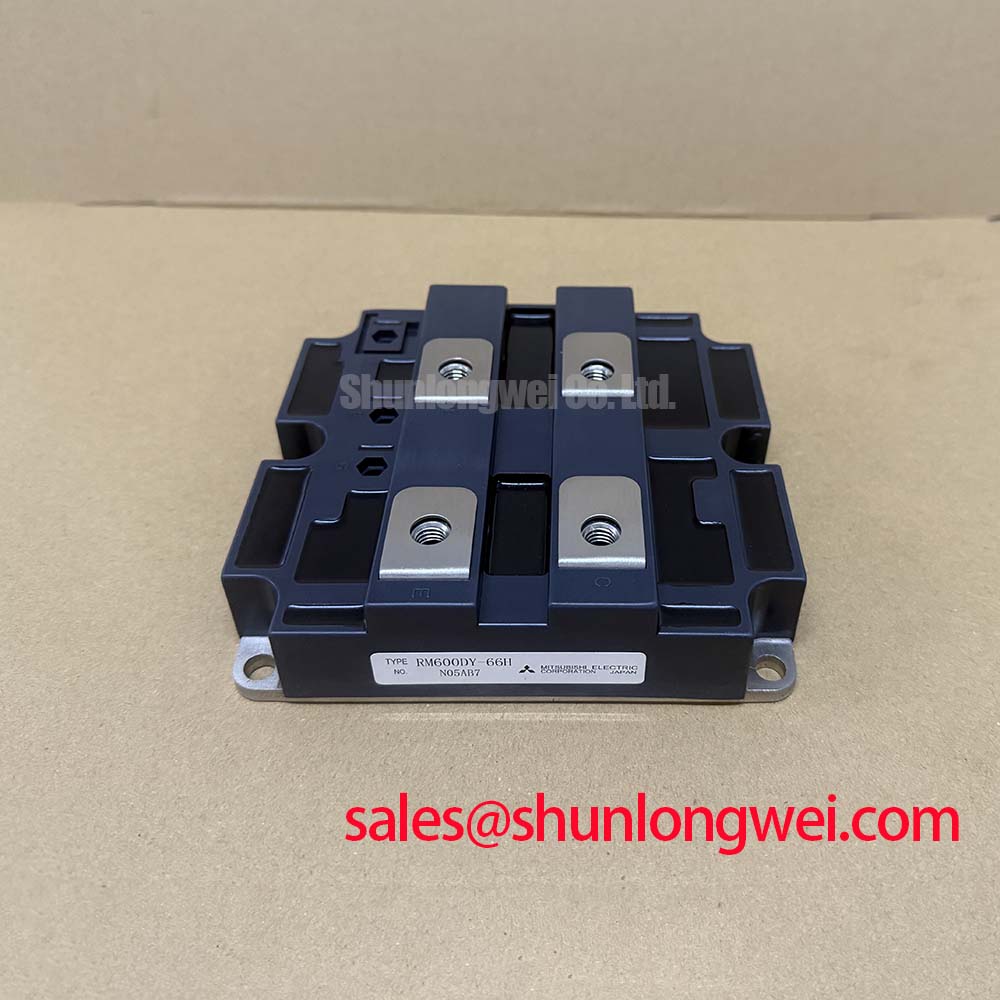SCE160AA160 | 160A 1600V SCR Module for Industrial Reliability
In the demanding environment of a steel rolling mill or a large-scale water treatment plant, power control components face constant thermal and mechanical stress. The Littelfuse SCE160AA160 is engineered to thrive in these conditions, delivering exceptional operational longevity through its robust pressure contact construction. This dual SCR module provides a foundation for durable power conversion, featuring key specifications of 1600V | 160A | 3000V Isolation. Its primary benefits include superior thermal cycling endurance and simplified, reliable assembly. For engineers questioning how to mitigate common failure points in high-power rectifiers, the SCE160AA160's solder-free design directly addresses the issue of thermal fatigue, ensuring a more resilient connection throughout the product's lifecycle.
Technical Inquiries on the SCE160AA160
What are the primary advantages of the pressure contact technology in the SCE160AA160?
Pressure contact technology eliminates the need for solder joints to connect the silicon die to the baseplate. This is a significant advantage as solder is often a primary failure point in power modules subjected to frequent temperature changes (thermal cycling). By using a high-pressure mechanical bond, the module offers superior resistance to thermal fatigue, leading to a much longer operational lifespan and enhanced reliability in cyclical applications.
How does the electrically insulated baseplate simplify system design?
The integrated 3000V (RMS) electrical isolation means the module's baseplate is electrically insulated from the active semiconductor components. This allows engineers to mount the module directly to a common heatsink without needing additional, often fragile, insulating pads or materials. This simplifies the mechanical design, reduces assembly time and complexity, and lowers the overall bill of materials (BOM).
What does the "AA" in the part number SCE160AA160 signify?
The "AA" designation specifies the internal circuit configuration. In this case, it represents a module containing two Silicon Controlled Rectifiers (SCRs) connected in a common anode arrangement. This configuration is well-suited for building various AC control and rectification circuits.
Can this module handle large inrush currents during motor startup?
Yes, it is designed for such demanding events. The SCE160AA160 features a high non-repetitive surge current (ITSM) rating of 3400A for a 10ms pulse. This high surge capability ensures the device can withstand the significant inrush currents typical of large motor starting or fault conditions without degradation, a critical feature for industrial drive and soft-starter applications.
The Strategic Edge of Solder-Free Construction in Industrial Systems
In industries where equipment uptime is directly tied to profitability, the long-term reliability of every component is a strategic consideration. The move towards more robust manufacturing techniques in power electronics, such as the pressure contact technology employed in the Littelfuse SCE160AA160, reflects this focus. For system architects designing capital equipment with service life expectancies measured in decades, specifying components that actively eliminate known failure mechanisms is key. This design philosophy reduces the total cost of ownership (TCO) by minimizing unscheduled downtime, extending maintenance intervals, and simplifying field service, aligning with the principles of Industry 4.0 that emphasize asset longevity and predictive maintenance.
Deployment Arenas: Where Mechanical Endurance is Paramount
The inherent robustness of the SCE160AA160 makes it an excellent component for power control systems operating in mechanically and thermally strenuous environments. Its ability to withstand vibration and repeated thermal shocks without solder fatigue is a key design advantage.
- AC Motor Soft Starters: Provides reliable voltage control during the high-stress startup phase of large industrial motors, where current and temperature fluctuate significantly.
- Industrial DC Drives: Forms the core of controlled rectifier bridges for DC motor speed and torque regulation in machinery such as extruders, mixers, and conveyors.
- Controlled Rectification: Ideal for battery chargers, electrochemical processing, and power supplies where precise and durable control of DC voltage is necessary.
- Welding Power Supplies: The module's high surge current capability and thermal resilience are critical for handling the demanding, pulsed loads found in professional welding equipment.
What is this module's core strength? Its pressure contact design ensures superior mechanical and thermal endurance. For AC motor soft-starters up to 690V requiring maximum power cycling endurance, its 3400A ITSM rating makes the SCE160AA160 a superior choice for long-term asset reliability.
Deconstructing Durability: A Look Inside the SCE160AA160
The long-term performance of the SCE160AA160 is rooted in its fundamental construction. The core of its durability lies in the use of Pressure Contact Technology. Think of this like a high-performance suspension system in a vehicle, which maintains constant, firm contact with the road despite bumps and changes in terrain. Similarly, this technology uses a precise amount of force to press the silicon chip against the electrical contacts and the thermally conductive baseplate. This approach circumvents the need for soldered layers, which, like a rigid, welded joint, can become brittle and crack after thousands of heating and cooling cycles.
This mechanical integrity is complemented by two other key features:
- Glass Passivated Die: The active SCR silicon chip is protected by a layer of glass passivation. This hermetically seals the sensitive junction surfaces, shielding them from moisture and contaminants that could degrade electrical performance over time, ensuring stable operation for years. For further reading on the internal workings of such devices, consider this in-depth analysis of power module structures.
- High Isolation Voltage: A certified isolation voltage of 3000V (VISO) between the terminals and the baseplate provides a substantial safety margin, which is crucial for systems connected to high-voltage industrial mains. This simplifies safety compliance and enhances overall system robustness.
Field Notes: Reliability in Action
While specific customer deployments are confidential, the engineering principles of the SCE160AA160 translate into tangible field benefits. For instance, designers of power panels for mining operations, where equipment is subject to constant vibration and wide temperature swings, can leverage the solder-free design to significantly reduce field failures attributed to component fatigue. Similarly, in renewable energy converters that cycle daily, the enhanced Power Cycling Capability offered by pressure contact technology is a direct contributor to extending the inverter's service life and improving the return on investment for the entire installation.
Core Specifications for System Evaluation
The following parameters from the official datasheet are central to the integration and performance of the SCE160AA160 module. For a comprehensive list of all electrical and thermal characteristics, please refer to the official product documentation.
| Parameter | Value |
|---|---|
| Repetitive Peak Off-State and Reverse Voltage (VDRM/VRRM) | 1600 V |
| Average On-State Current (IT(AV), Tc=85°C) | 160 A |
| Surge (Non-Repetitive) On-State Current (ITSM, t=10ms) | 3400 A |
| Peak On-State Voltage (VTM, IT=500A) | 1.75 V |
| Isolation Voltage (VISO, RMS, 50/60 Hz) | 3000 V |
| Operating Junction Temperature (TJ) | -40 to +125 °C |
Download the Complete SCE160AA160 Datasheet
Data for Your Decision Matrix
When evaluating power modules, it is critical to look beyond headline current and voltage ratings. For applications involving frequent load changes or on/off cycles, the module's construction is a decisive factor in its long-term viability. The Littelfuse SCE160AA160, with its pressure contact design, offers a different reliability profile compared to conventional soldered modules.
System designers should weigh the enhanced power cycling endurance and resilience to mechanical shock of a pressure contact device against other design considerations. While traditional modules may present a different initial cost, the total cost of ownership—factoring in potential downtime and replacement cycles—is often lower with a more robust component, especially in critical infrastructure or hard-to-service locations. For systems requiring a higher current rating with similar robust construction, the DF200AA160 offers a 200A alternative. A deeper understanding of these trade-offs can be found in resources that decode power module datasheets for engineers.
As industrial systems become more automated and operate under increasingly demanding conditions, the selection of components that are fundamentally built for endurance is a forward-looking strategy. The SCE160AA160 SCR module represents an investment in system uptime and asset longevity. By prioritizing a design that mitigates common failure modes, it enables engineers to build power control systems that are not only powerful but also exceptionally dependable over their entire operational lifespan, reducing future liabilities and enhancing brand reputation for quality and durability.


